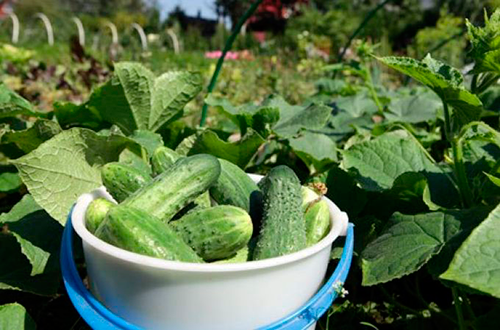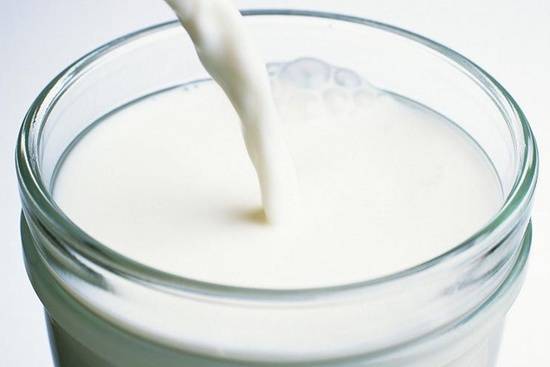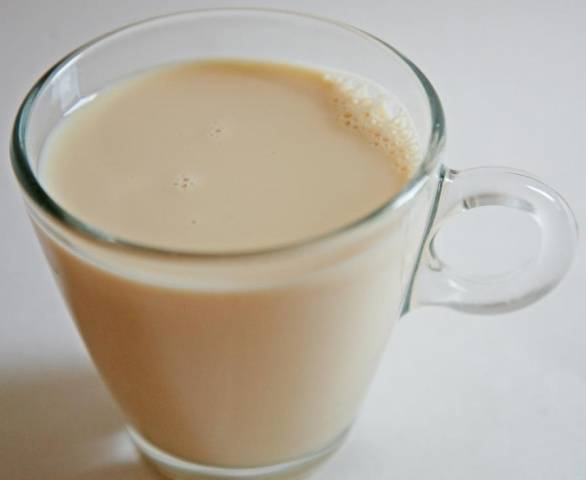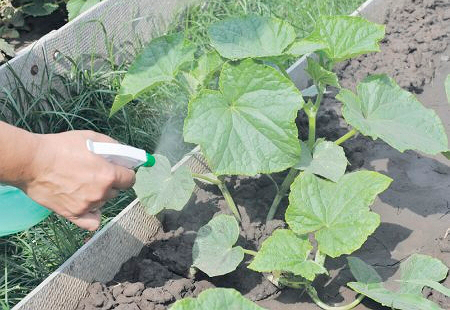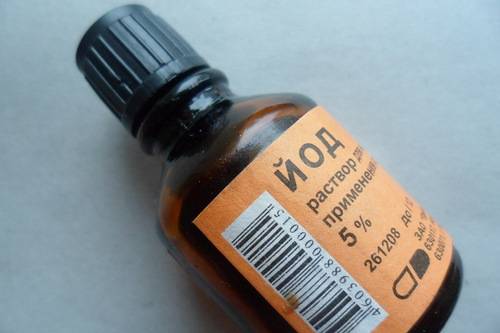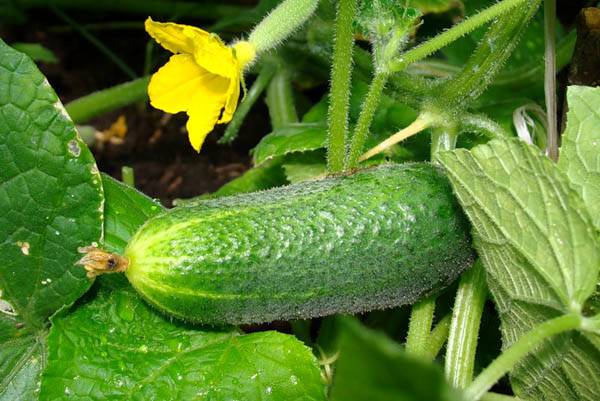Content
Cucumbers are so loved by gardeners that only the lazy does not grow them on his plot. After all, they are good both fresh directly from the garden, and for use in salads, and for the manufacture of cosmetic masks. And what wonderful preparations for the winter can be made from cucumbers. But it is not always easy to grow them. After all, not only people love cucumbers - all kinds of pests and microorganisms are also not averse to eating crispy greens. And the cucumbers themselves are quite demanding to care - they need both abundant watering and regular feeding. And many people do not want to use chemical fertilizers and remedies on their site - after all, they grow cucumbers for themselves and their families. So gardeners turn to old, time-tested folk recipes.
Cucumber processing milk is one of these procedures, which copes with several tasks at once. This is both a wonderful top dressing and effective protection against various misfortunes that await cucumber plants at every turn.
Milk properties
The use of milk and its derivatives in the garden is not a new technique invented recently. People have been using milk for food for several millennia, and during this entire period they have been growing vegetables. Therefore, they could not help but notice the beneficial effect of milk on many plants. Why is this happening?
Only those elements that may be of interest to cucumbers should be mentioned:
- calcium,
- magnesium,
- potassium,
- manganese,
- iron,
- nitrogen,
- phosphorus,
- sulfur,
- copper and more.
In addition, milk has several special properties that make it useful when used in the garden.
- No pest is able to digest milk sugar (lactose), since insects simply lack some organs in the digestive system. Consequently, processing cucumbers with milk can build a barrier for many pests who want to feast on juicy cucumber lashes.
- When the leaves are sprayed with a milk solution, a very thin film forms on them, which prevents the penetration of various pathogens inside.
- Milk can help the process of assimilation of other nutrients by cucumber plants, which are contained in the soil or applied along with fertilizing.
Hence the conclusion - feeding cucumbers with milk can solve several problems at once:
- Providing plants with nutrients
- Protection against diseases and pests
- Saturation of the soil with nutrients that enhance microbiological activity.
How to use milk
Of course, it is advisable to use raw milk for processing cucumbers. Pasteurized and, moreover, sterilized milk will not always bring the desired effect, since heat treatment destroys many useful vitamins and minerals, no matter what the manufacturers of these products may say.
In this way, you can not only not help, but also cause real harm to plants, in particular, cucumbers.
To use milk in the garden, it must be diluted with water in a ratio of 1: 5 or even 1:10. It all depends on the purpose for which you are processing.
Watering with milk solution
If you want to mainly feed the cucumbers in 5 liters of water, dilute 1 liter of not very fat milk, stir thoroughly and water the cucumber bushes with the resulting solution so that each plant gets about 0.5 liters of milk solution.
It is better to dig a shallow groove 10-15 cm from the base of the bush around the entire circumference, so that the root is in the center of this circle, and water directly into this groove. Usually, the roots of cucumbers are located close to the surface and themselves are able to find all the substances they need.
By the way, you can also water cucumber plants from above, thus, the leaves will absorb the milk solution and provide additional protection against diseases and pests.
Spraying with milk solutions
Most often, the milk solution is used for preventive treatments for cucumbers. It is known that it is much easier to prevent any problem than to deal with its consequences.
The most common and unpleasant diseases of cucumbers are powdery mildew and downy mildew. These diseases become especially rampant if the summer is rainy and cool. Abundant feeding with nitrogen-containing fertilizers also contribute to the occurrence of diseases. On the leaves of cucumbers, white spots first appear, similar to those that remain from sprinkling with flour (hence the name), and then the leaves turn yellow and die off.
It is best to start preventive treatments for cucumbers when 5-6 true leaves are formed on them and repeat them regularly every two weeks. In this case, outbreaks of disease can be avoided altogether.
To prepare the required solution in a 10-liter bucket, dilute 1 liter of milk, 30 drops of regular iodine, 20 grams of grated laundry soap. Shake everything well and spray the cucumber bushes.
In general, it is iodine that is known for its beneficial effects on cucumbers. It is able to prevent yellowing of leaves on cucumber lashes and creates a rejuvenating effect when many new buds and ovaries wake up on the stems. Therefore, the processing of cucumbers iodine should be carried out very carefully, not forgetting to spray the underside of the leaves. It is advisable to spray not only the plants themselves, but also the ground around them.
Spraying should be carried out in cloudy weather or in the evening after sunset. Otherwise, cucumber leaves may get burned.
The same solution is quite effective against bacteriosis and root rot. And he is also able to help cope with the invasion of various types of aphids.
It should be noted that not only milk has a similar effect on cucumbers, but also various dairy products: whey, kefir, yogurt. In particular, the following recipe is popular among gardeners, which can cope with late blight.
For 10 liters of water, take 1 liter of whey, 40 drops of iodine and a tablespoon hydrogen peroxide... With this tool, you need to carefully process all parts of the cucumber plants several times per season.
Conclusion
Thus, the use of milk, dairy products and commonly available products such as iodine or hydrogen peroxide can overcome many of the problems in growing cucumbers and get a good harvest.
